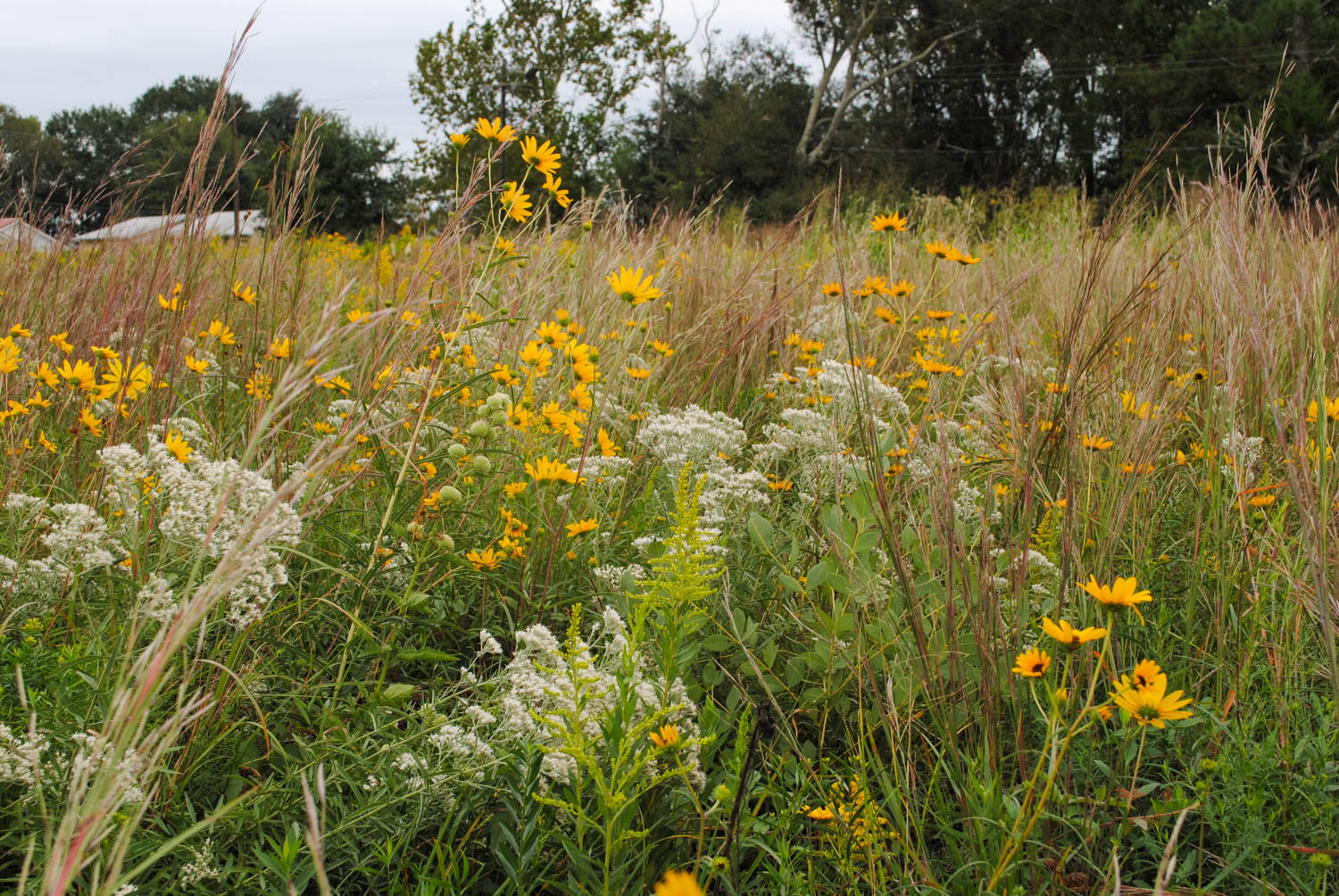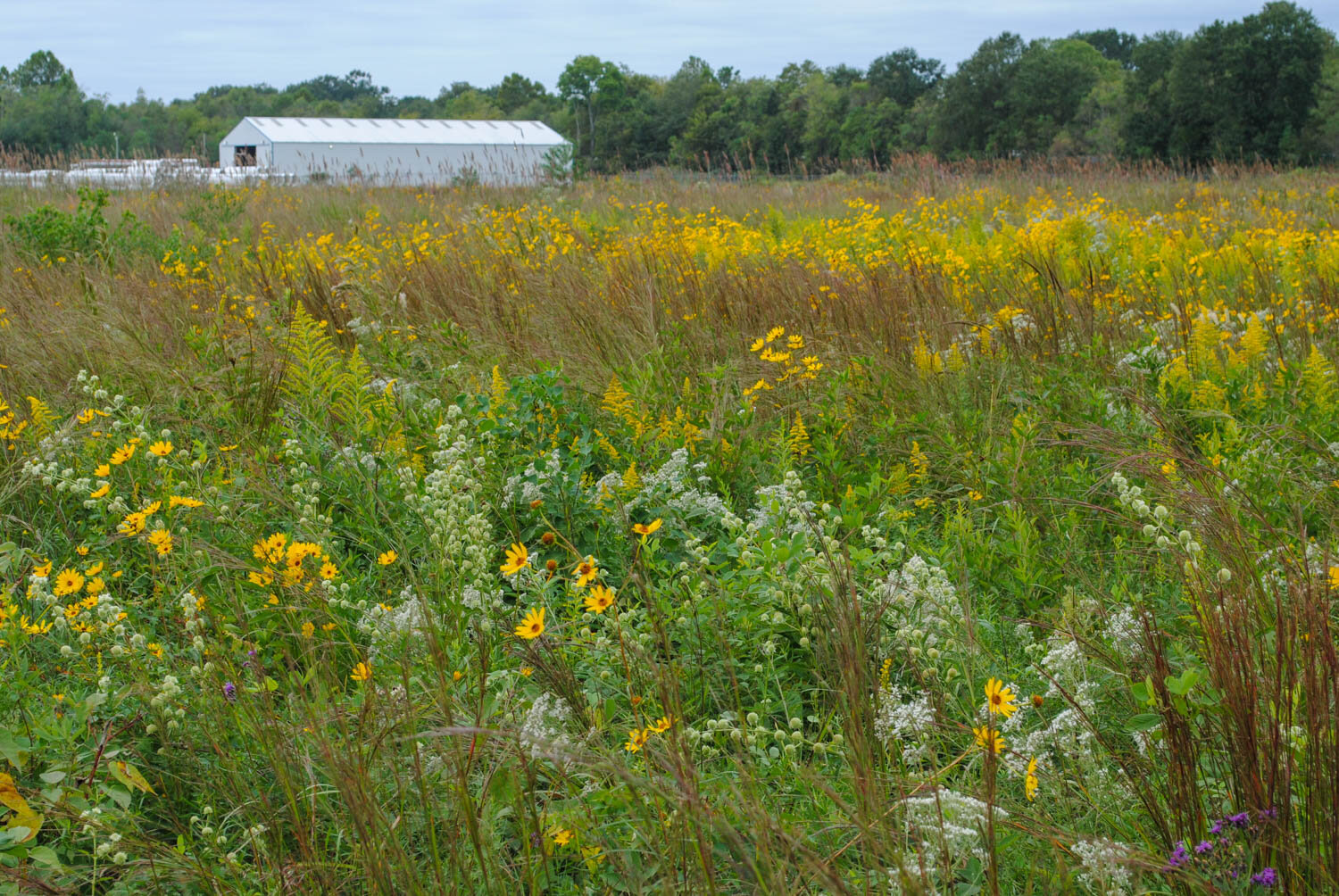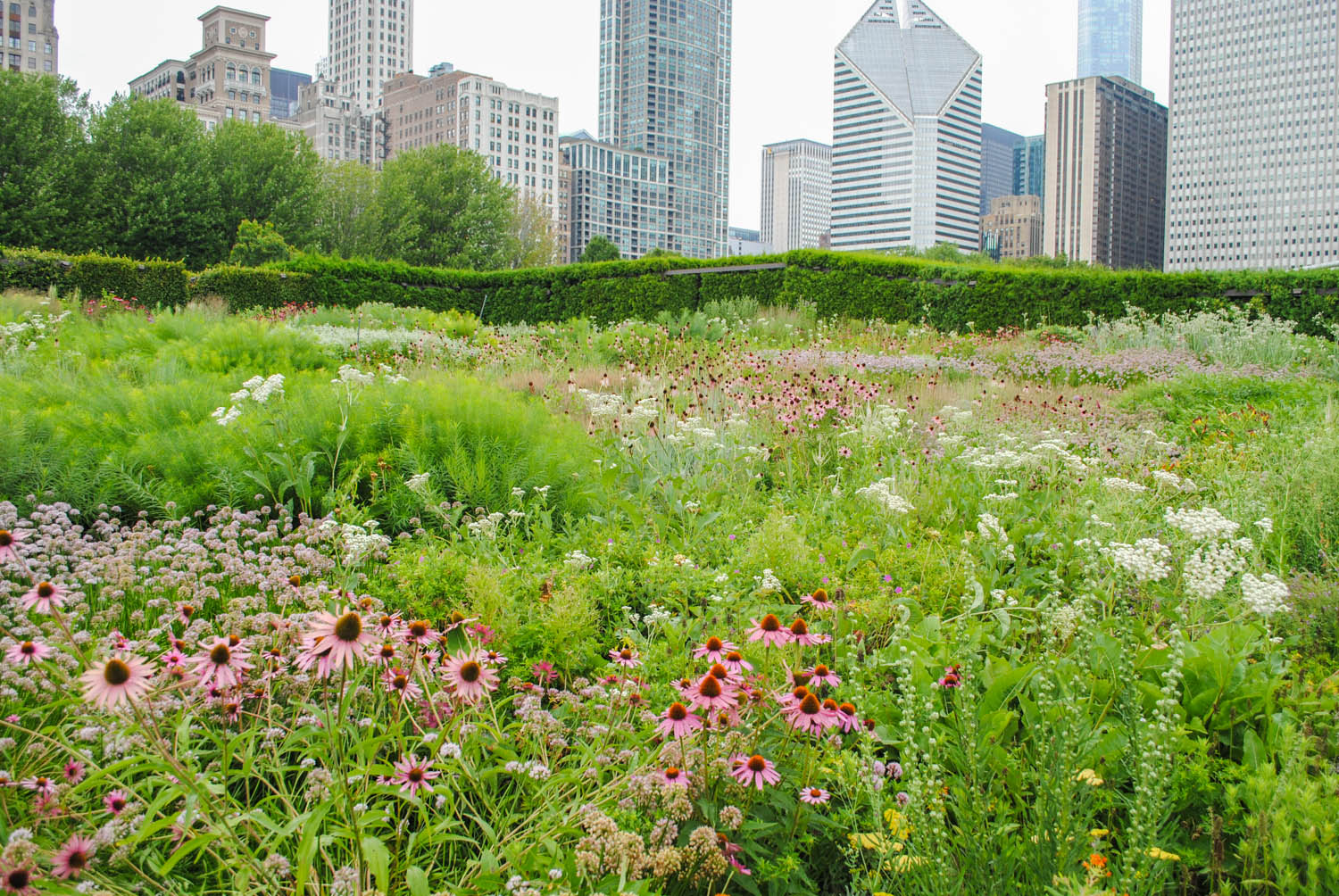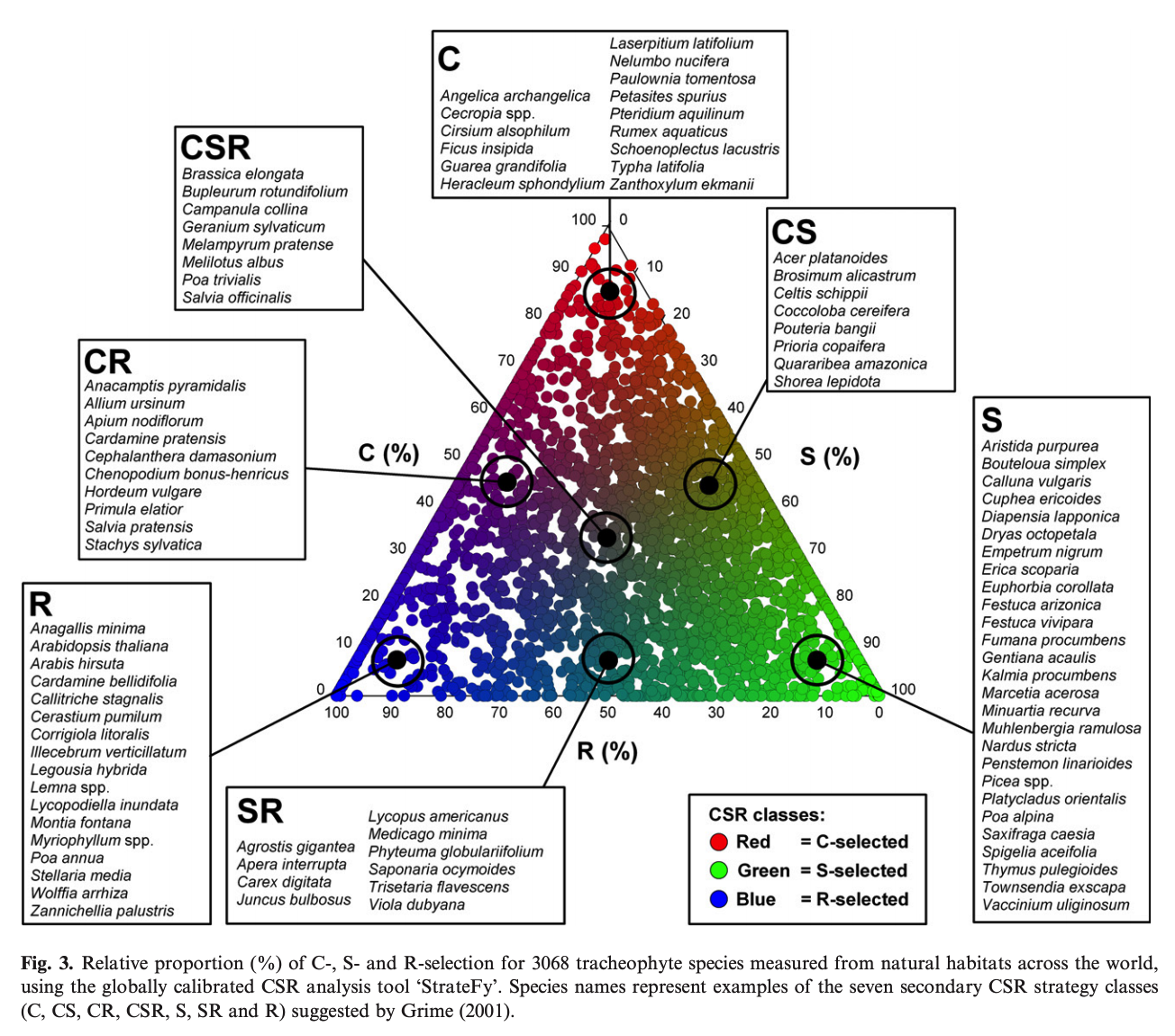Autumn is a time of swift change in the garden as plants scurry to have their last hoorah before frost, and it is beautiful watching them play with varying environmental factors. While much of these shifts occur over days or weeks, sometimes only a few hours can make the difference.
A few years ago I witnessed such change at Chanticleer with Muhlenbergia capillaris on a crisp autumn morning in October. I was back again in the Philadelphia area speaking to a crowd of 600 at the Perennial Plant Conference. Seeing the garden again was a nice comparison because I had just been there that summer for my guest gardening experience (Day 1, Day 2, and Day 3). I was most excited to see the elevated walkway and how it had developed through the season. This part of the garden was where I headed first.
The elevated walkway has a westward facing slope where even if the sun has been up for an hour or two, parts of it can still be shrouded in shadow. When I approached the overlook, the muhly left me breathless.
Wow.
The panicles having soaked up the dew from the night now refracted light leaving little pink to be seen. It was like a fog and reminded me of the milky clouds in the valleys that I've seen so many times driving the Blue Ridge Parkway further south. And, having other plants like Eryngium yuccifolium and Kniphofia ‘Wet Dream’ emerging through the haze of plumes like otherworldly skyscrapers piercing stratus was a brilliant juxtaposition of plant heights and textures.
This photograph I took that morning is one of my favorites of all time. It is three main characters with a few supporting cast, and it shows how such simple textures can create a spectacular view in a garden.
I've admired Muhlenbergia capillaris for many years, but this planting was the icing on the cake. I have no memory of seeing muhly grass when I was there earlier that summer. It is no surprise, though. Most of the growing season the plant is lost in the haze of chlorophyll. But, when it comes into flower, its mist of cotton candy pink becomes a beacon in the landscape and leads every eye towards it. It goes from nobody to a celebrity overnight, and now, everyone wants it.
But, just like fog, the effect burned off later in the day. I returned close to lunch to find the whole look had changed, and now I saw a totally different planting. The rose-colored muhly I've known for so long was back after the dew vanished. The sun was harsher now, and the towering plants blended into the landscape.
Such experiences remind me that we need to visit our gardens at all times of day during this darkening season. We never know what nature hath wrought for us nor how long these special moments will last.
The same shot but only a few hours later.
Many of you emailed from my previous posts on Chanticleer about how you enjoyed the photos. Here are some more images from that trip for your viewing pleasure.
The teacup garden in its autumn exuberance.
Dew glistens on the ovate leaves of Euphorbia cotinifolia
Such a great cool color theme woven with Symphyotrichum, Plectranthus, Stachys, and Nicotiana.
Another part of the garden was warmed by the rising sun basking on red foliage and flowers. What a wonderful effect to echo the colors of summer Ensete in the fall foliage of an Acer palmatum.
The flowery lawn was at its height of color for the year.
Light shimmers through the emergent Verbena bonariensis in the flowery lawn.
Muhly grass acts a foil for Kniphofia ‘Wet Dream’…
…and as a web for the occasional Ascelpias seed.
Echinacea seedheads punctuate the gravel garden.
Liatris elegans erupts out of the gravel garden at Chanticleer.
Another view of muhly, this time on the rock ledge down from the gravel garden. Joe Henderson said he used more here to connect this planting with the elevated walkway and make the garden feel more cohesive.
Even in their fade, the Colchicum in the bulb meadow look good.
Another shot of the fallen Colchicum.
The Sporobolus meadow in its fall color
The old iteration of the cut flower garden looked spectacular during my visit.
Aster tataricus glows against the autumn sun.























































